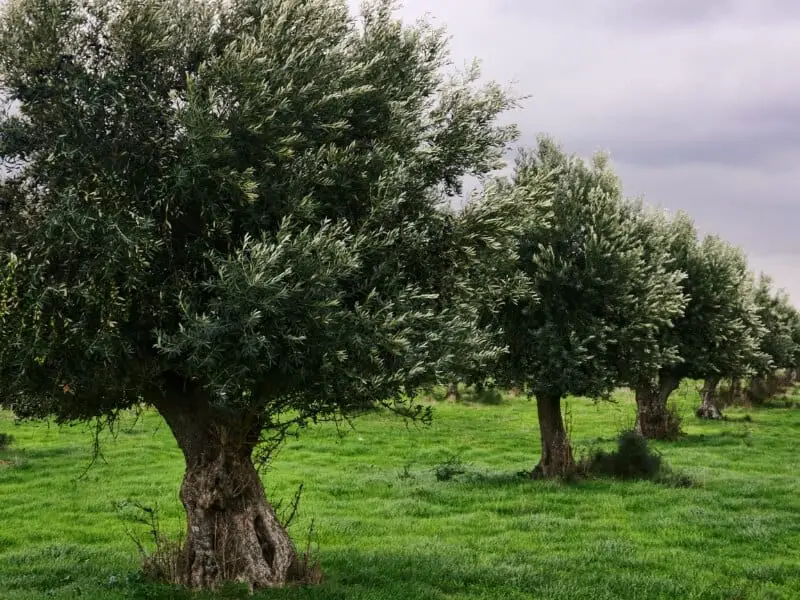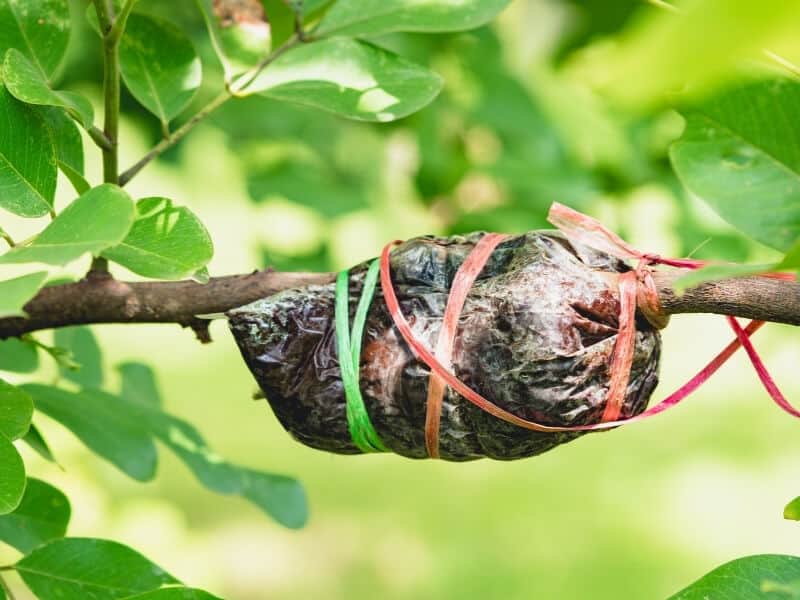Contents
Showing off olive trees has become a fast-rising trend on all forms of social media. It’s everywhere on your TikTok, Instagram feeds, and Pinterest trends. Definitely, the hype is all worth it as olive trees are very beautiful to have planted outside or within your home. The Mediterranean trees give off a bohemian yet chic look to your living space. Better still, since they grow to various lengths, depending on their species, you can have them planted anywhere within your home.

Without further ado, if you are eager to learn how to plant your own olive tree, then read further as I’ll be going into much detail about the air layering method.
Air layering is a planting method that occurs frequently in nature. It is a process whereby low-hanging branches come into contact with the ground and over time, they begin to form solid roots. This process is often preferred by most horticulturists and DIYers because the newly formed tree will be very identical to its parent tree.
To provide a very detailed context, let me explain how trees are usually reproduced. Trees are usually planted in one of two ways, sexually or asexually. Sexual reproduction of plants often involves pollination (a process that transfers male gametes into the female ovules in flowers), then fertilization of seeds. So, in essence, it involves the planting of seeds or spores to form a new plant. The newly formed plant does not necessarily have exactly identical genetic details in comparison to its parent plant.
Asexual reproduction, on the other hand, is mainly preferred for plants that find it difficult to root, such as woody ornamentals (azalea, oleander, magnolia, etc.) and several other house plants (Chinese evergreen, rubber plant, croton, etc.). Air layering is a highly effective method for reproducing these plants as it increases their chances of survival. Also, the newly formed plant is an exact replica of its parent plant because its genetic detail matches its parent plant by 100%.

How to Air Layer Olive Trees
Air layering is of olive trees (Olea Europea) is a favorite method because of the ease in which it is done. It requires no degrees, complicated process, or an excess array of planting tools. Here’s a step-by-step guide on how to plant an olive tree using the air layering method.
Materials Needed
- A Sharp Knife – This will be used to make a cutting on an aerial branch.
- A Toothpick – This will be used to keep the plant wound open.
- Some Rooting Hormone (Preferably IBA) – This aids the root formation process.
- Some Sphagnum Peat Moss – This serves as a root growth medium.
- Polyethylene Film / Refrigerator Bag – This is used to wrap the growth medium around the open plant wound.
- Twine / Florist Ties / Rubber Bands / Electrical Tape – This secures the wrapping in place.
To go about the air layering process,
- First, grab your sharp knife and use it to make a small upward slanted cut along the aerial branch you wish to use. The cut should be about 1 – 1.5 inches long upwards and towards the center of the stem. Be careful not to cut all the way through the branch.
- Secondly, using your toothpick, try to brace open the cut so that it doesn’t heal and close up. We’ll be needing the cut open to ensure that some roots appear.
- Thirdly, apply some rooting hormone to the exposed surface of the cutting. Just dust a little not an excessive amount unto the cut.
- Fourthly, using an adequate handful of moistened sphagnum moss, use it to cover the cutting and secure the moss in place by wrapping some polyethylene film over it.
- Lastly, secure the two ends of the polyethylene film with twine.
There you have it, a simple method to plant your olive trees. With this method, you should have roots appear within 4 – 8 weeks. Once roots have been formed, replant the olive tree in potting mix that is one part topsoil and one part peat moss. Make sure to water the plants regularly.
Good to Read : Grow Olive Trees from Cutting
Factors to Consider when Air Layering Olives
To significantly increase chances of rooting through air layering, it is important to take note of the following factors:
- The Growth Media: Several research studies have been carried out to measure the impact which the growth media has on the growth and survival of roots using this propagation method. These studies have shown that a mixture of peat moss and garden soil makes the perfect growth media because it provides adequate aeration and significant water holding capacity.
- The Rooting Hormone: Rooting hormones such as Indole Butyric Acid (IBA) solutions has been found to positively affect root formation by increasing chances of root formation.
- Temperature: Naturally olives are found in warmer climes such as the Mediterranean and Africa. Therefore, to grow these roots, studies have shown that a temperature of 25oC favors early root development.
- Sunlight: Although olives prefer partial to full exposure to sunlight, for the sake of root formation on the branches, it is best to give the wrapped cutting minimal exposure to sunlight.
As discussed above, planting an olive tree using the air layering method is an absolutely easy process. One that you could enjoy with your friends and family. It’s a low-budget activity that will spruce up your lodgings. Once you’ve gotten started, don’t forget to share the love of being an Olive parent on social media.
Want to know more about gardening ?
Fill in your email address in the form below and you'll receive all the latest updates directly in your in-box.
Thank you for subscribing.
Something went wrong.
it is really very useful but i want to know in which month of the year is useful for this process